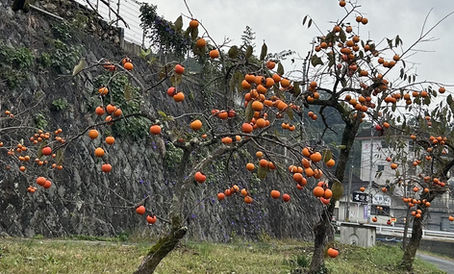The official name of Ise-Jingu in Mie Prefecture is Jingu meaning “The Shinto Shrine”.
- Masahisa Takaki

- Mar 16, 2024
- 1 min read
Updated: Oct 13, 2024
This is thought to be the special Shinto shrine standing at the top of all Japanese Shinto shrines, and is made up of two different shrines, Koutai-Jingu (commonly known as Naiku) and Toyouke-Daijingu (commonly known as Geku). The former enshrines the deity of the imperial ancestors, while the latter enshrines the guardian deity of the people's food, clothing and shelter. The date of its foundation is not clear, as it dates back to mythical times though, it is estimated to be in the 6-7th century according to scientific research. Shinto, the native religion in Japan, and Buddhism, the imported religion from Korea in the 6th century, had been mixed and united into one since.
(*But, Japanese government separated this united religion into original two religions in the 19th century)
In other words, all the Shinto shrines in Japan had been greatly influenced by Buddhism and vice versa. In the meantime, it is said that Ise-Jingu had stubbornly refused to be influenced by Buddhism as much as possible for a long time. The unique architectural style of the main buildings of Naiku and Geku is called Yuiitsu-Shinmei-Zukuri, which is a raised-floor construction with unfinished cypress. This is the ancient architectural style in Japan. They are reconstructed in the adjacent site every 20 years, and this tradition is called Shikinen-Sengu. This has been continued for 1,300 years. The reason of this unique tradition is thought to hand down the special construction technique to the young carpenters.









Comments